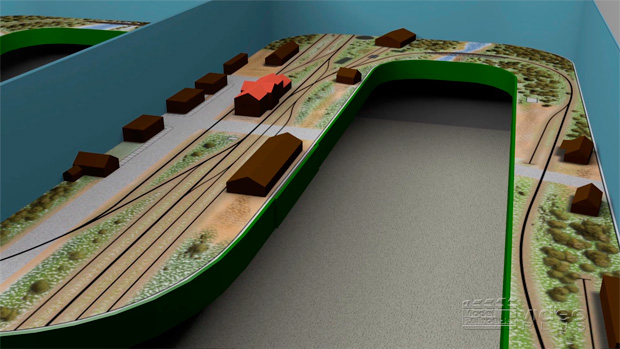
Having trouble viewing this video? Please visit our Video FAQ page The Central of Georgia Ry. Had a number of branch lines, and two of them connected to the main line in Wadley, Georgia. This HO scale track plan models the Lousiville & Wadley and the Wadley Southern Ry. In a 13 x 15 […]
Read More…

Having trouble viewing this video? Please visit our Video FAQ page The Central of Georgia Ry. Had a number of branch lines, and two of them connected to the main line in Wadley, Georgia. This HO scale track plan models the Lousiville & Wadley and the Wadley Southern Ry. In a 13 x 15 […]
Read More…
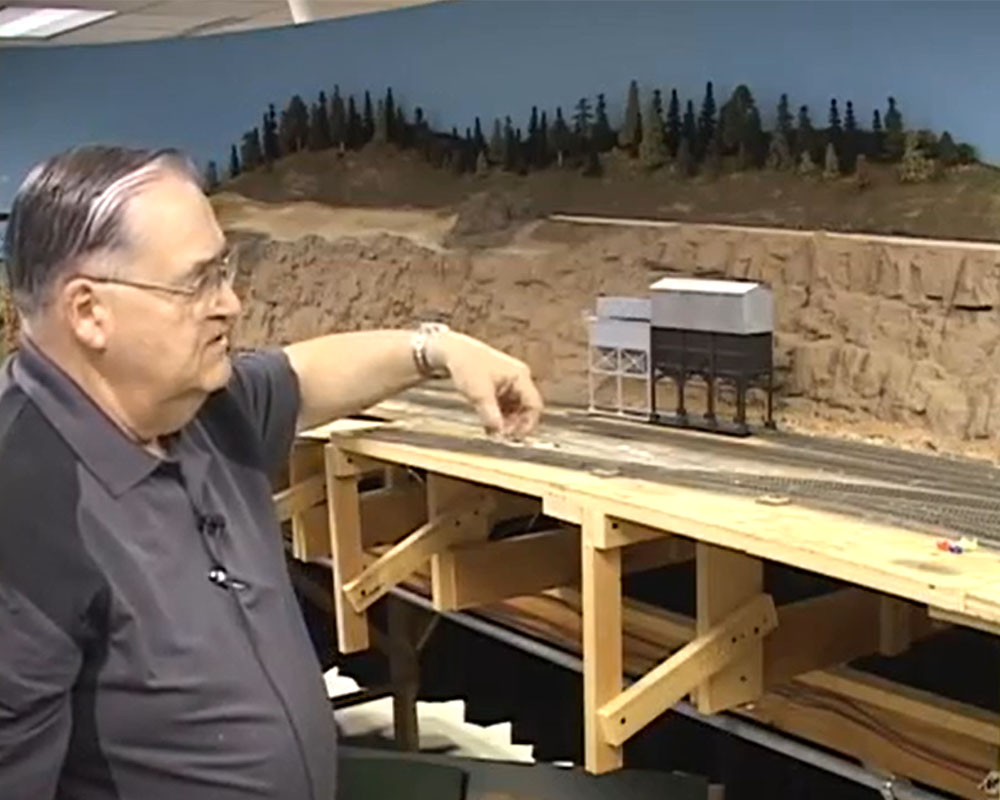
Model Railroader senior editor Jim Hediger built the gravel loader for the HO scale Winter Hill Quarry Branch project. In this episode Jim describes some of the kitbashing techniques he used as well as how he fit the structure into the scenery and over the model railroad track. You’ll also hear from associate editor Steve […]
Read More…

Model Railroader senior editor Jim Hediger built the gravel loader for the HO scale Winter Hill Quarry Branch project. In this episode Jim describes some of the kitbashing techniques he used as well as how he fit the structure into the scenery and over the model railroad track. You’ll also hear from associate editor Steve […]
Read More…
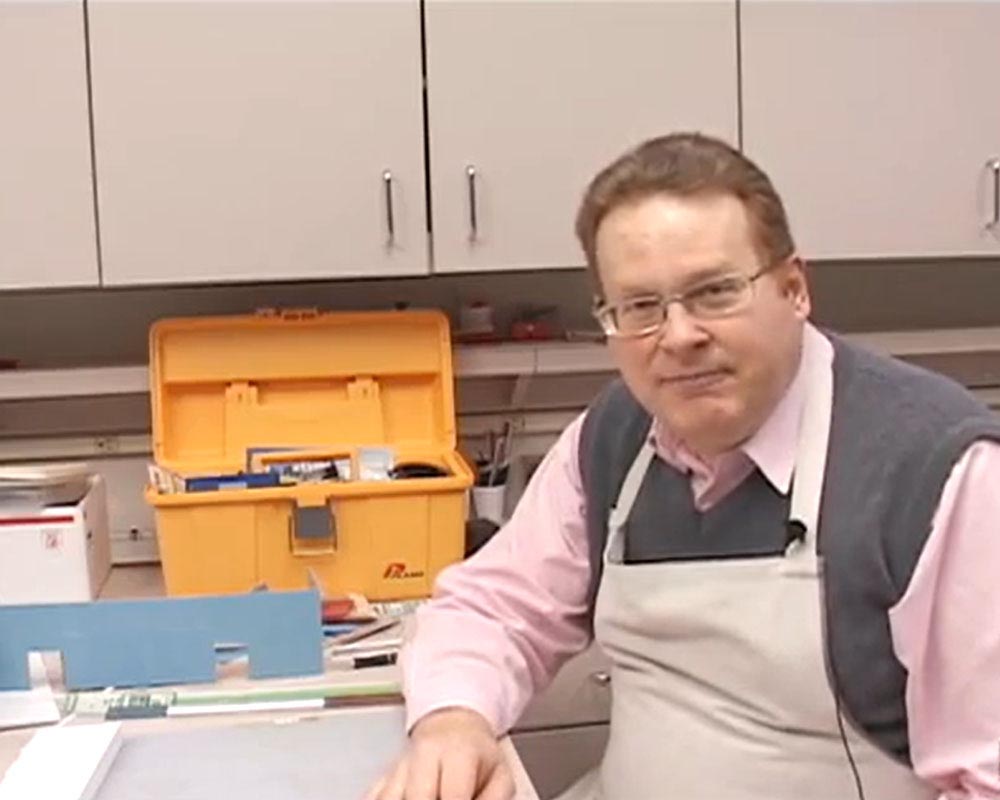
The asphalt shingle plant is one of the structures on the Winter Hill Branch model train layout. Follow along as Model Railroader associate editor Steve Otte show you some of the modeling techniques that he used to kitbash this HO scale structure. You’ll learn about the models that Steve chose for the project, and get […]
Read More…
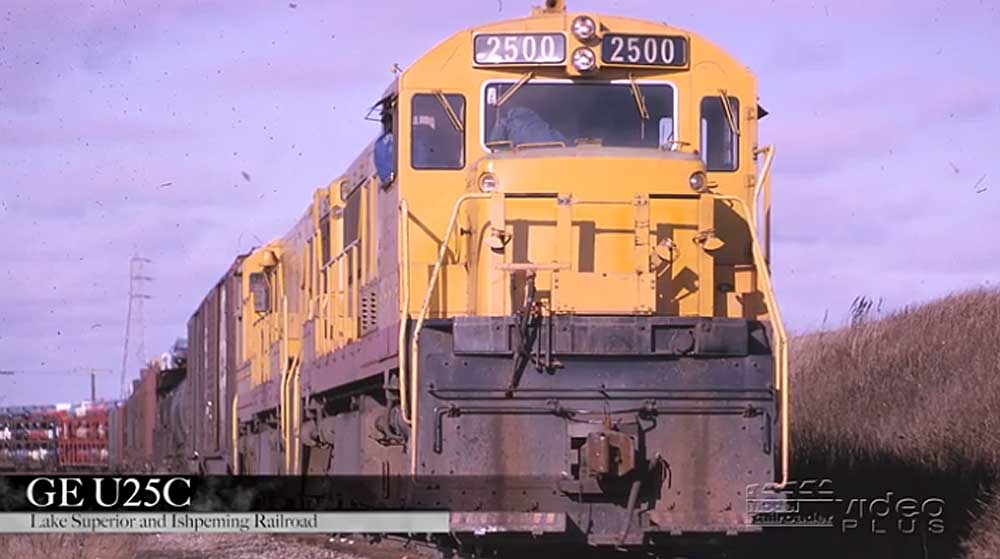
Having trouble viewing this video? Please visit our Video FAQ page Part of Jim’s career included a stint in real railroading, which provided him opportunities to get some great photos and stories. In this episode of History According to Hediger video, Jim rides along on the DT&I’s Delta Turn. Related Topics: railfan […]
Read More…
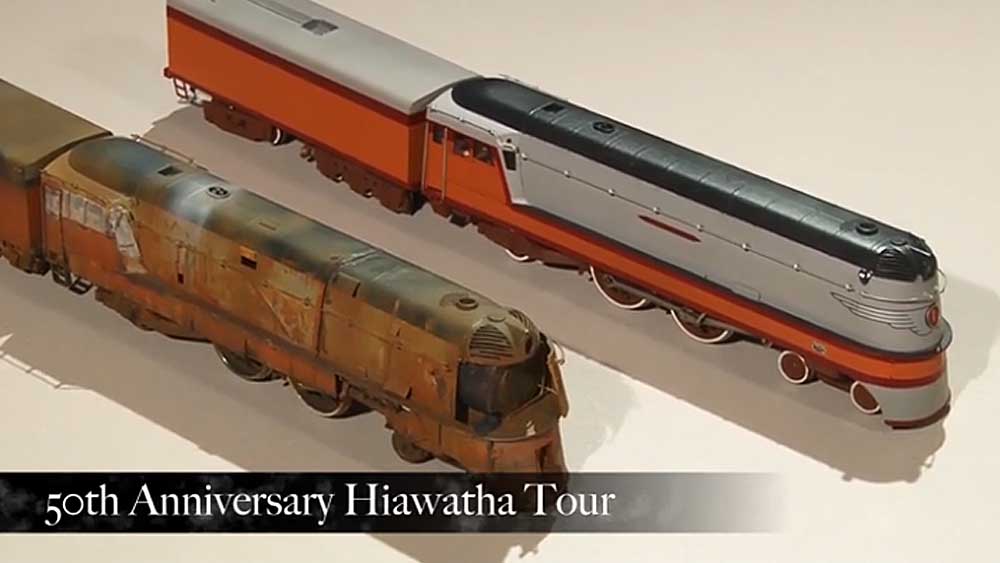
Having trouble viewing this video? Please visit our Video FAQ page History According to Hediger is a video series of remaniscence of the good old days of Model Railroader magazine. Senior editor Jim Hediger tells the story of the Hiawatha good will tour, marking Model Railroader’s 50th anniversary. […]
Read More…
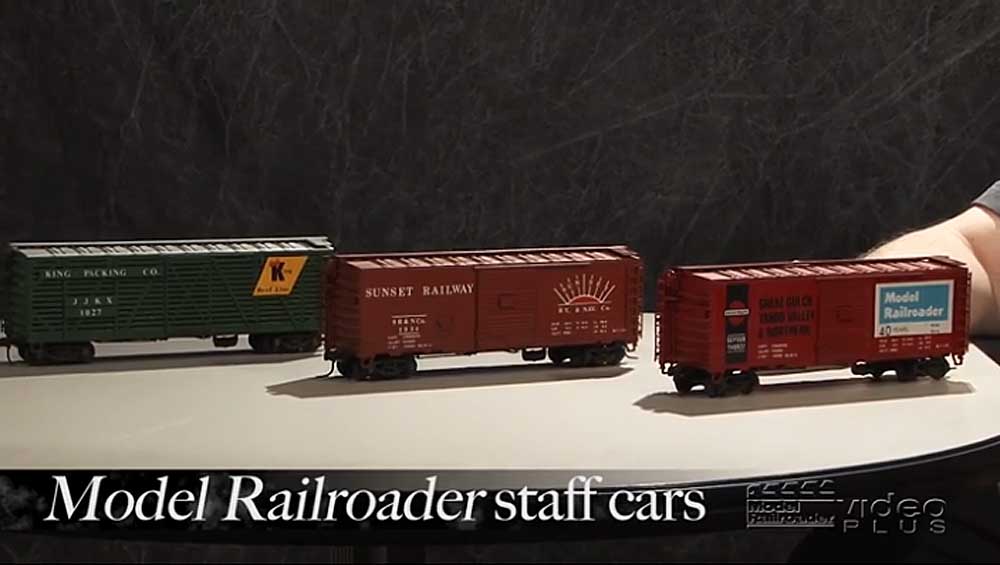
Having trouble viewing this video? Please visit our Video FAQ page In this video epsiode of History According to Hediger, Jim shows a few of the custom O scale freight cars featuring MR staff layouts. The cars were made for display at events in the 1970s. Related Topics: o scale […]
Read More…
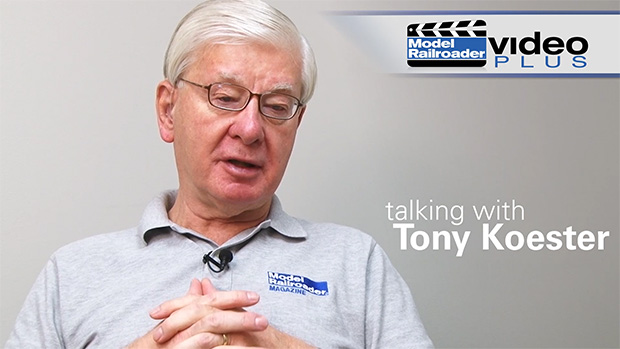
Having trouble viewing this video? Please visit our Video FAQ page Contributing editor Tony Koester drops in from time to time, and on this visit, we asked him what he thinks you need to know to build a model railroad. […]
Read More…
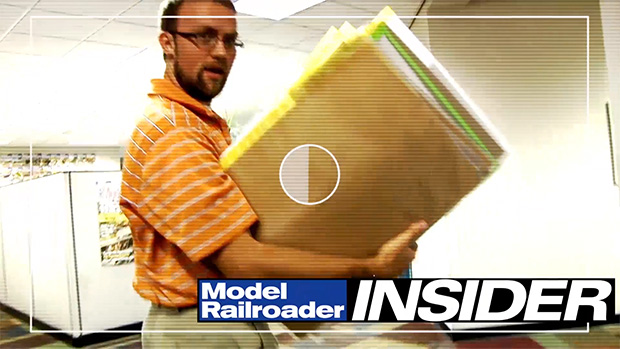
Having trouble viewing this video? Please visit our Video FAQ page MR Insider is our monthly behind-the-scenes look at new magazines and videos coming to your from Model Railroader and MR Video Plus. As a sample, here is the pilot we shot in September, 2012. […]
Read More…
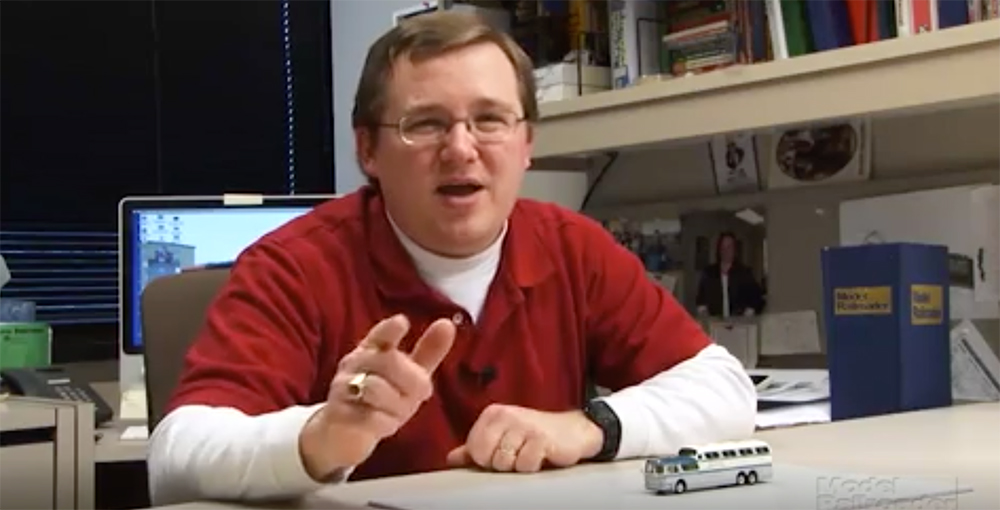
Having trouble viewing this video? Please visit our Video FAQ page In this episode of Cody’s Office you’ll see a selection of new model railroading products in HO and N scale, including an Athearn Genesis HO scale Missouri Pacific GP38-2. Follow associate editor Cody Grivno as he takes this SoundTraxx Digital Command Control (DCC) […]
Read More…

Having trouble viewing this video? Please visit our Video FAQ page In this episode of Cody’s Office you’ll see a selection of new model railroading products in HO and N scale, including an Athearn Genesis HO scale Missouri Pacific GP38-2. Follow associate editor Cody Grivno as he takes this SoundTraxx Digital Command Control (DCC) […]
Read More…









